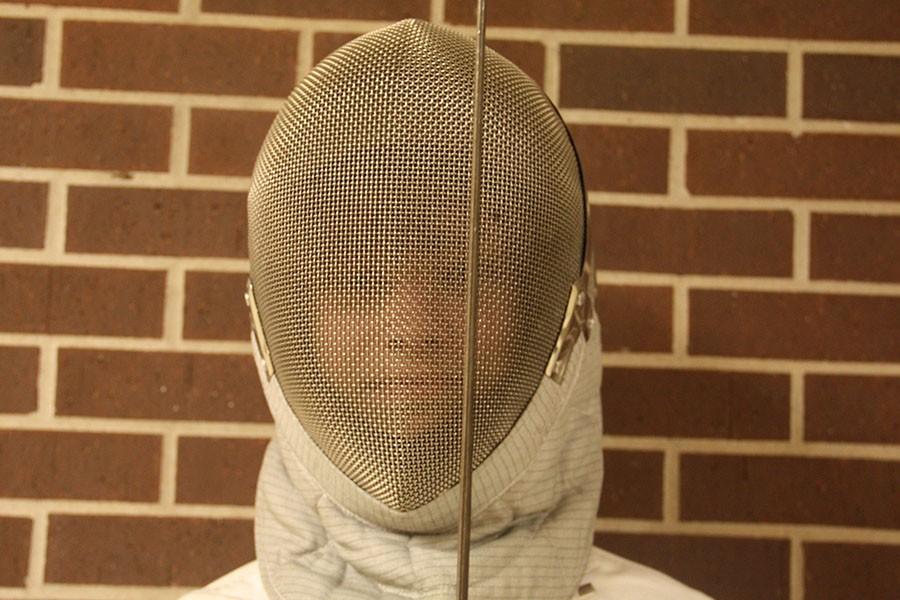Curses…foiled again!
Noah Harvey gains priority in sword fighting
April 14, 2015
Since ancient history, people have been perfecting the art of armed combat. Usually this was for hunting or, in extreme circumstances, killing their fellow man.
In the mid-18th century, sword fighting began to shift from a form of combat to a sport. Thus fencing, or “the action or art of using the sword scientifically,” (Oxford English Dictionary) was born. The sport appeared in the first Olympic Games in 1896, and it has been gaining popularity ever since.
Noah Harvey, sophomore, is one of these individuals to take up the art of fencing. Harvey started fencing two years ago after taking a class in the summer at the Kansas City Fencing Center.
“My mom made me take an intro class over the summer,” Harvey said.
According to Harvey, fencing is sword fighting based on the idea that one person is the attacker while the other is the defender. Both fencers start the same distance away from each other until one of them steps forward. That person becomes the attacker and begins the bout.
Fencing is divided into three different sword categories: foil, épée and sabre.
Foil uses a lighter sword made for quick thrusts, with only the person’s torso being a valid target. This style is slower than others, due to a right-of-way system.
The right-of-way system is used to determine which fencer scores a point in the event that both land a hit at the same time. The point is awarded to whoever successfully attacked first or “has priority.”
Épée is very similar to foil; however, the blade is stiffer and heavier and the entire body is considered a valid target. Also épée does not use the right-of-way system, meaning all touches with the tip of the blade are valid.
“Foil and épée are only stabbing… You have to keep [the tip] on them,” Harvey said.
Sabre fighting is very different from the other two styles. In sabre, contact with the side of the blade is also valid, making for a much more fast-paced style of combat, more focused on cutting and slashing. Sabre also utilizes the right-of-way system.
Sabre is also the style of fencing that Harvey prefers to use due to its fast-paced nature.
Harvey still considers himself more of a casual fencer, less focused on tournaments and just enjoying the sport.
Harvey has participated a few competitions, most of them being at the K.C. Fencing Center.
“This one time I came into class on a normal day and they were having an épée tournament,” Harvey said. “It was my first time doing épée and I won.”
Harvey described the typical process for a tournament. First, all of the participants have a one-on-one bout to five to determine the order. After the order is determined, the tournament proceeds with single-elimination rules, the winner of each bout being the first to 15.
“It’s really fast-paced and fun,” Harvey said. “For me, it’s like what football would be for someone else.”

